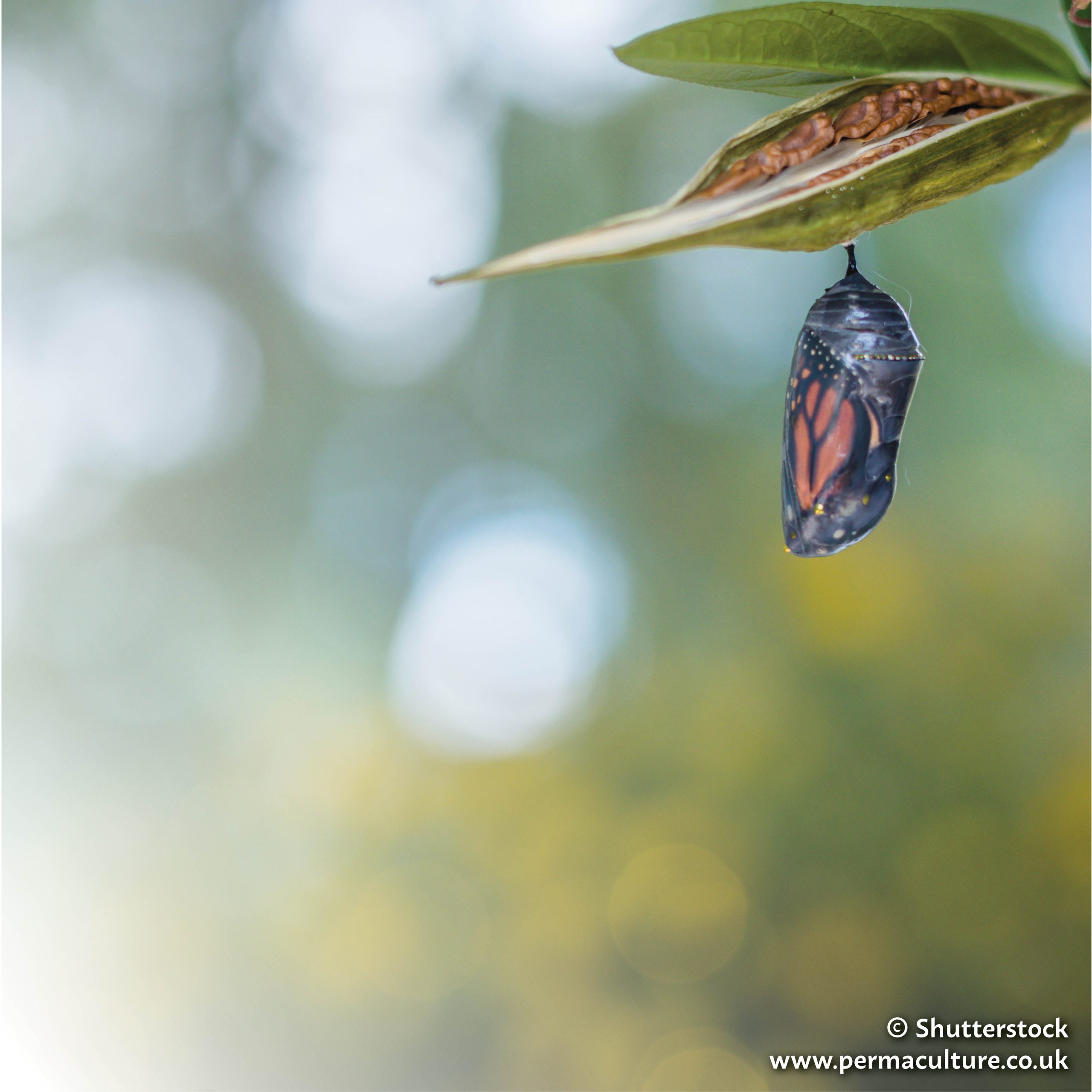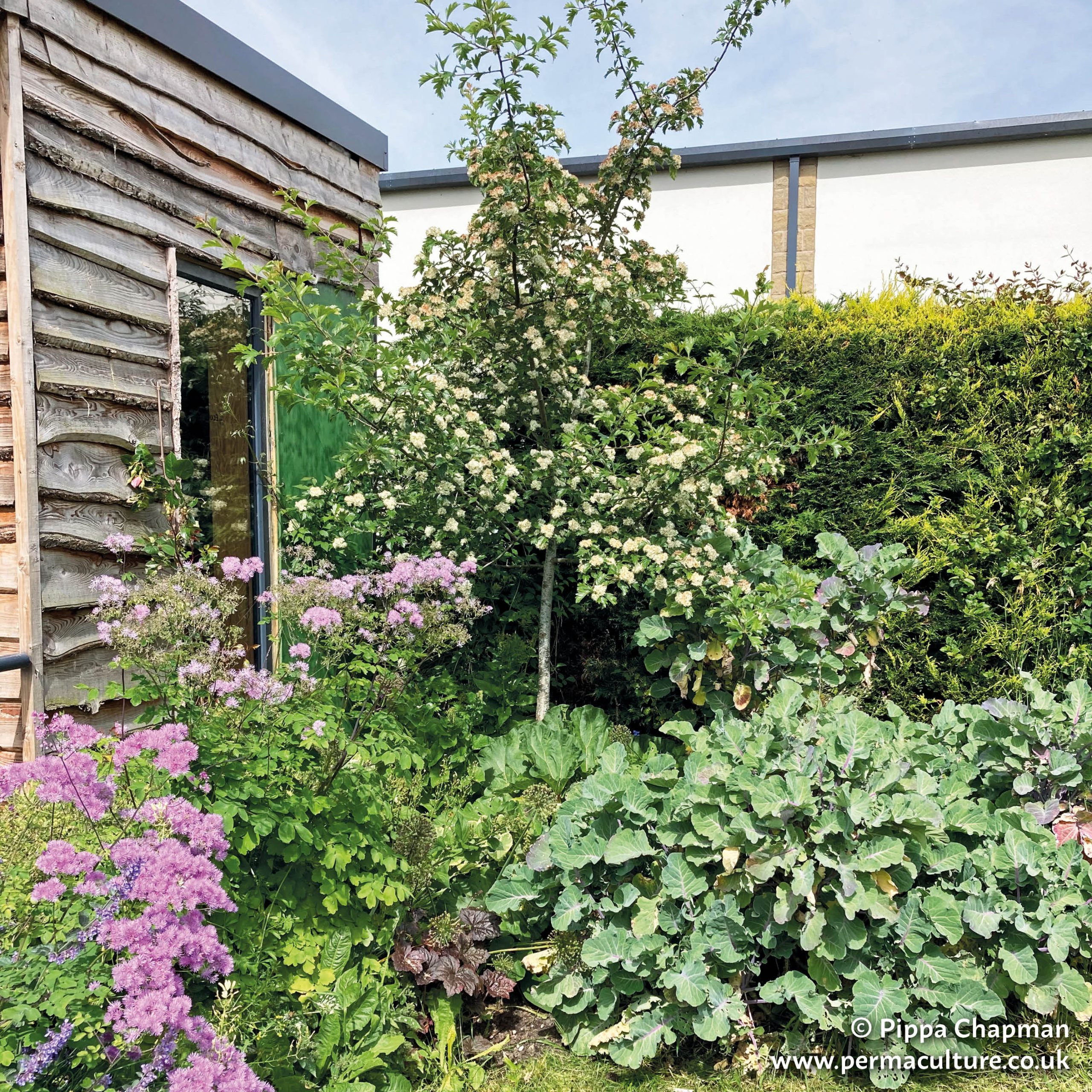One of the most common wild flowers, yarrow (Achillea millefolium) has many names, including herba militaris, the military herb, knights’ milfoil, bloodwort, staunchweed, soldier’s woundwort and carpenter’s weed and nosebleed, all drawing on its ability to staunch blood. The botanical name derives from the Greek hero Achilles who is said to have used it to heal his soldiers’ wounds during the Trojan war. While the common name derives from the Greek hiera, or holy herb, referencing its medicinal properties. Yarrow is a curious plant in that it will help other plants growing nearby to resist disease, and when added to skincare, it will increase the potency of other herbal ingredients. There is much folklore associated with yarrow; in Gloucestershire a sprig will be included in the bridal bouquet under the name ‘seven-year’s-love’.
Yarrow is astringent, so great for greasy, oily or problem skin. Include it in facial steams, deep cleansing face packs and treatments for itchy scalps or oily hair. Use in creams and lotions for cleansing and use an infusion of yarrow with witch hazel as a toner. Yarrow can help darken grey hair and restore a youthful appearance. It will also help with wounds, nosebleeds and inflamed eyes. Kept in the bathroom, it can be a quick remedy to apply to shaving cuts.
Flowers, stems and leaves.
Yarrow is a fragile-looking delicate plant, with flat clusters of cream and yellow flowers held up on strong, slender stems. It flowers from early summer through to late autumn, and is best collected in August when it is in full flower. A common roadside plant, it has tough, creeping roots that allow it to spread steadily in most soils. But it doesn’t like shady areas and is at its best in open meadows. You might find its feathery, aromatic foliage in lawns, but it’s more identifiable when allowed to grow to its full height of about 60cm. Once established in your garden it should thrive and may even need to be kept in check.
Prolonged use of yarrow may cause allergic rashes and make the skin more sensitive to sunlight.
2 handfuls of yarrow
Make: Put the yarrow into a bowl and cover with 2 pints (1.1 litre) of boiling water. Cover the head and bowl with a towel and allow to steam for 10 minutes to cleanse and soften the skin. Wipe your face and splash with cold water to close the pores. Can also add chamomile, nettle, limeflower or salad burnet.
30g yarrow leaves
Make: Put the yarrow leaves in a bowl and pour over 2/3 cup (158ml) of boiling water. Leave to get quite cold, then strain and bottle.
Use: Wipe on and off as a cleanser.
—
This is an extract from Laura Pardoe’s Vital Skincare: Natural Healthy Skin in Just 5 Minutes a Day. Chapters include:
Natural Skincare Recipes with Horsetail (Equisetum arvense)
How to Make your own Natural Cleansers
Benefits of Marshmallow (Althaea officinalis) – hand cream and face mask recipes
Laura is a plantswoman and natural skincare formulator. Now living in the Cotswolds, her time is shared between family, hedgerows, garden, workshops, desk and lab as she blends traditional and modern approaches to bring the skincare benefits of temperate plants to all.




